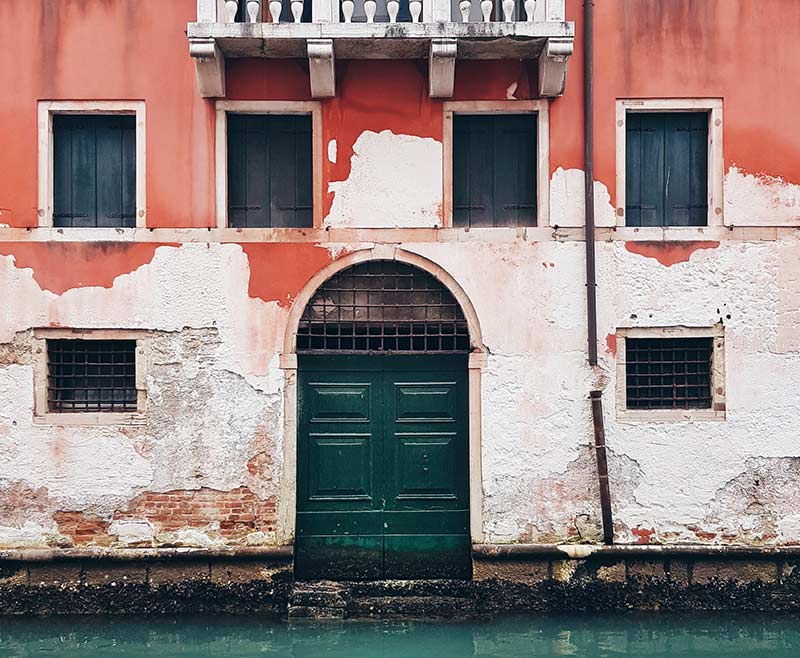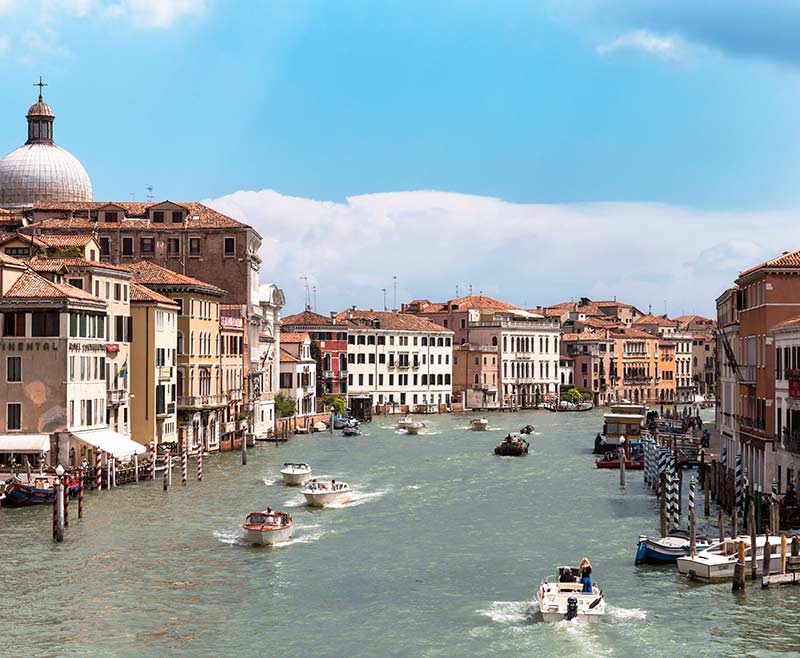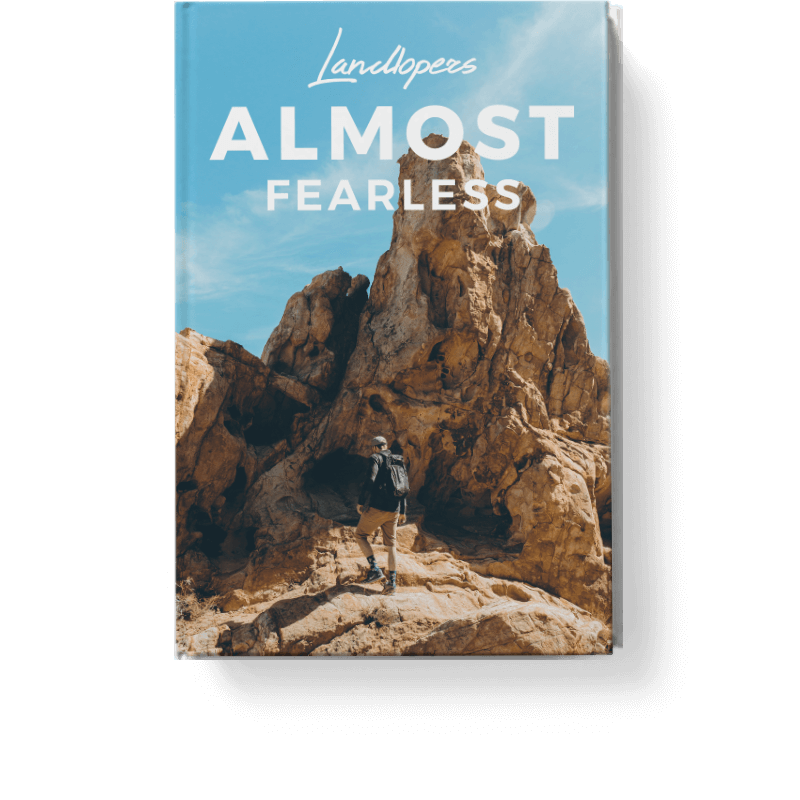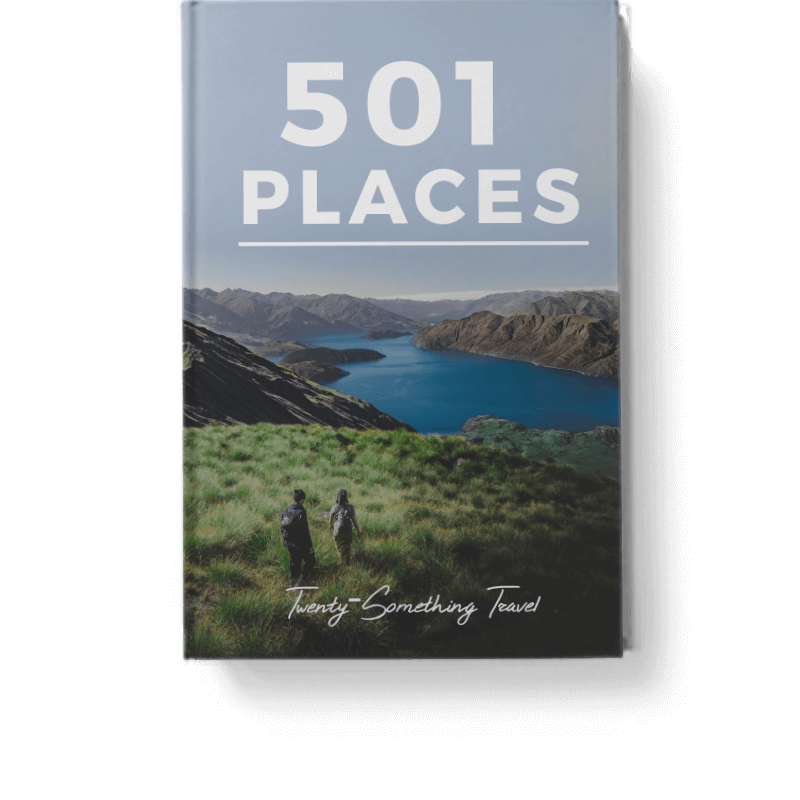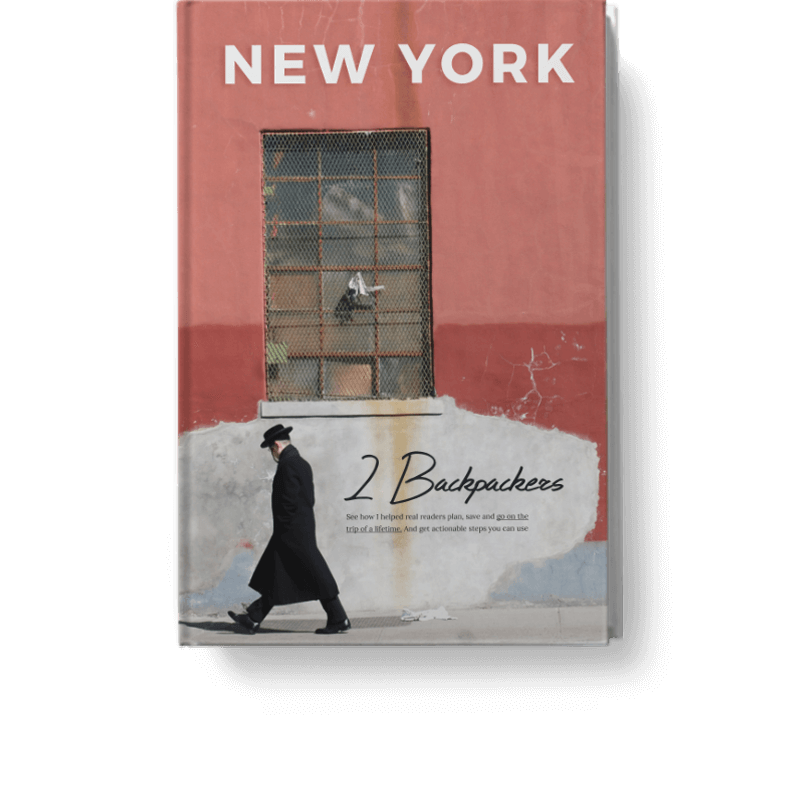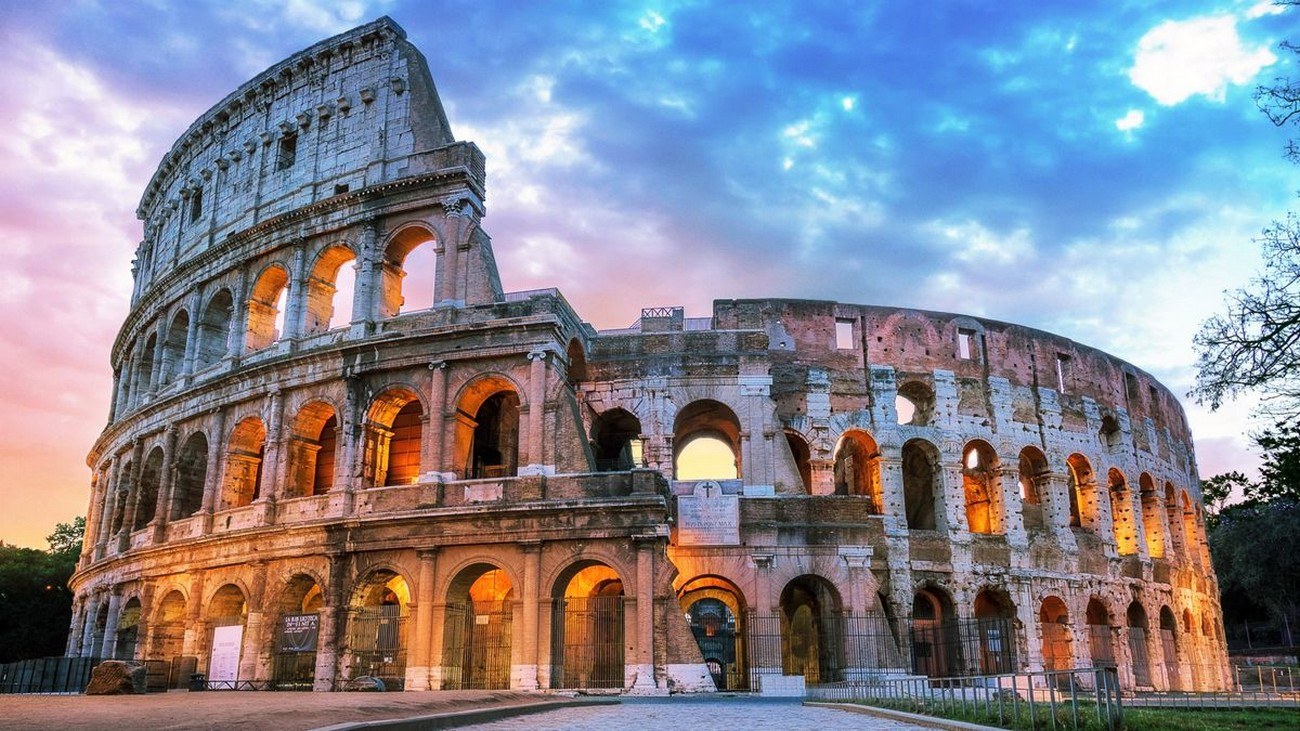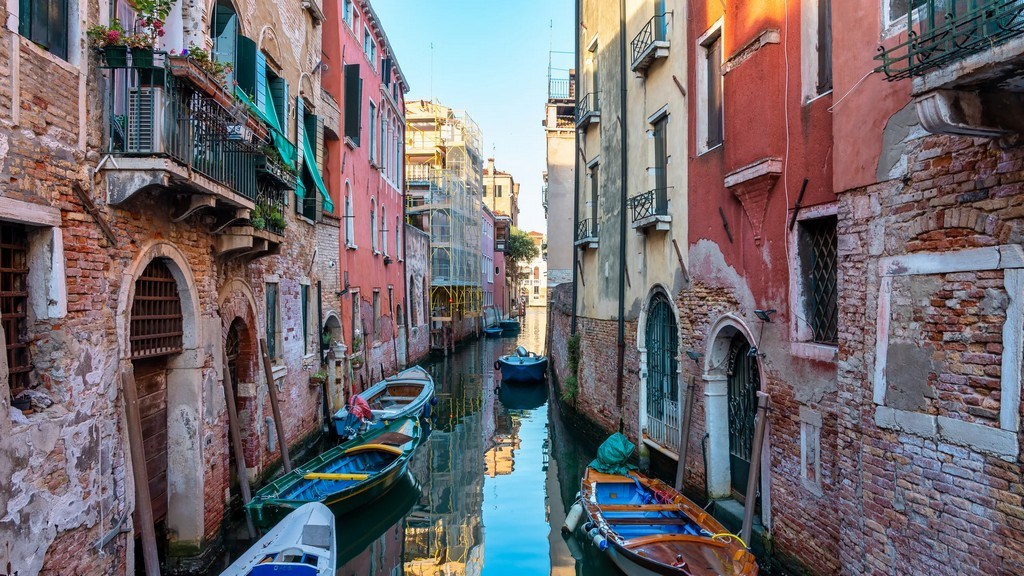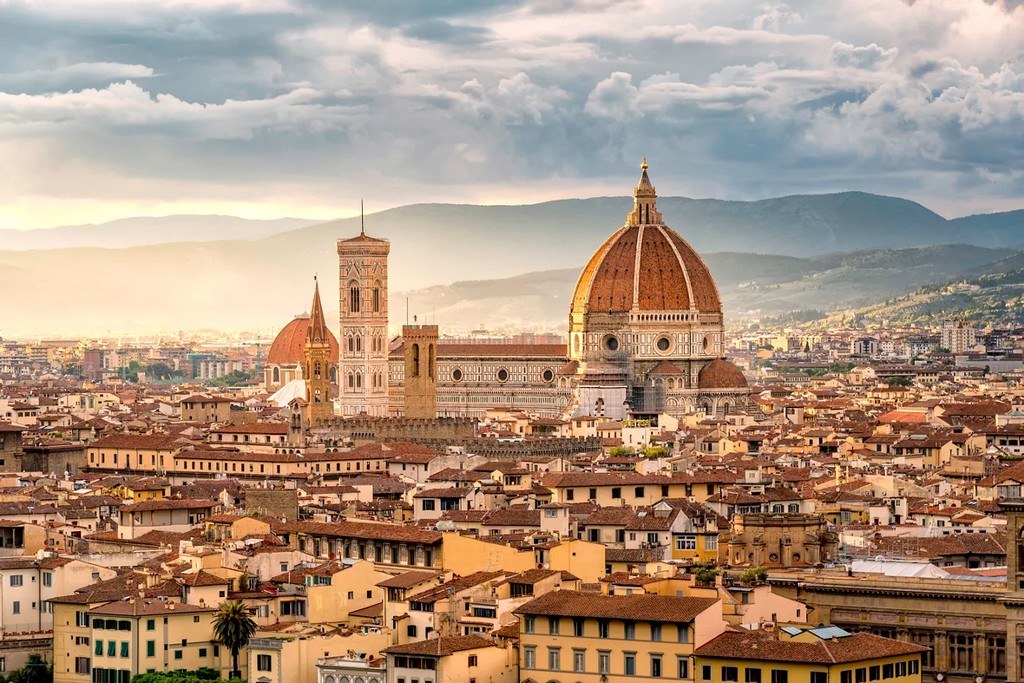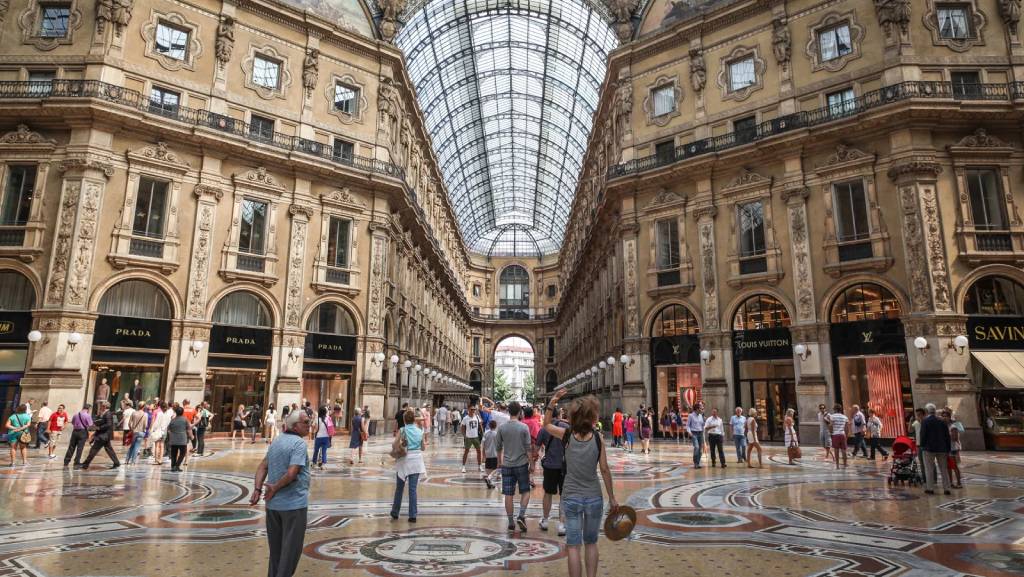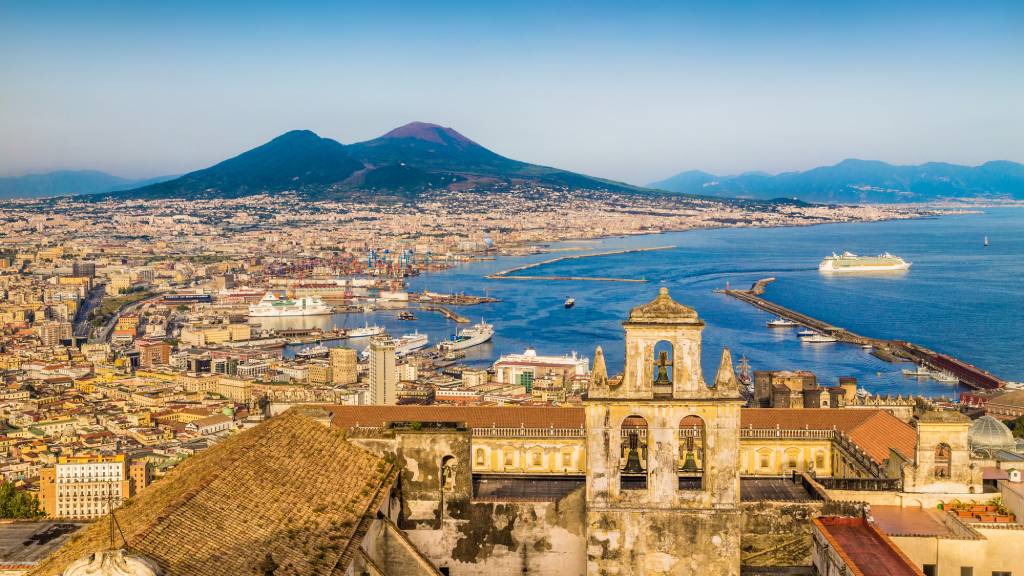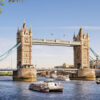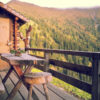Italy
If you’re dreaming of a trip to Italy, you’re in for a treat. I’ve spent a ton of time wandering this boot-shaped beauty, soaking up its sun-kissed piazzas, savoring fresh pasta and gelato that’ll ruin you for anything else, and getting lost in its layers of history that go back thousands of years. Italy’s got it all—bustling cities, romantic canals, Renaissance masterpieces, and a culture that’s as passionate as its espresso. Whether you’re a history nut, a food lover, or just hunting for that epic sunset photo, Italy’s cities deliver big time. Let me take you through my top picks for the best cities to visit, complete with practical tips and a sprinkle of my own adventures to help you plan smart and travel better.
Italy is a country that hits all the senses. From the ancient ruins of Rome echoing with gladiator tales to the dreamy gondola rides in Venice, every city has its own vibe. I’ve narrowed it down to five must-visit cities that’ll give you a taste of Italy’s diversity: Rome (including Vatican City), Venice, Florence, Milan, and Naples. Each one’s got its own flavor, and I’ll link you to detailed guides so you can dig deeper into what makes them special. Plus, I’ve got you covered with practical stuff like costs, money-saving hacks, and what to expect when you’re wandering Italy’s streets.
Top Cities to Visit in Italy
- Rome (Includes Vatican City): The Eternal City, packed with ancient wonders like the Colosseum and Vatican Museums, plus endless pasta spots and lively piazzas.
- Venice: A floating masterpiece with winding canals, St. Mark’s Basilica, and gondola rides that feel like stepping into a postcard.
- Florence: The cradle of the Renaissance, boasting the Duomo, Uffizi Gallery, and leather markets in a walkable, artistic haven.
- Milan: Italy’s fashion capital, home to the stunning Duomo, high-end shopping, and modern vibes mixed with historic charm.
- Naples: A gritty, vibrant spot overlooking the bay, famous for pizza, Pompeii day trips, and chaotic streets full of authentic energy.
THINGS TO SEE AND DO IN ITALY
TYPICAL COSTS WHEN TRAVELLING
Accommodation – Mid-range hotels in major cities like Rome or Florence, offering comfort and amenities like private bathrooms and central locations, run about $100–150 USD per night for a double room. Hostels are cheaper, around $30–50 USD for a dorm bed, while budget Airbnb options start at $60–90 USD. For a luxurious stay, boutique hotels or upscale spots can hit $200–300 USD, especially in peak season (June–August). Booking early or visiting in spring (April–May) or fall (September–October) can save you a chunk.
Food – Italy’s food scene is a steal if you know where to look. A quick pizza or panini lunch can cost $8–15 USD in most cities. Pasta dishes or a full meal with wine at a trattoria run $15–25 USD. In Naples, I grabbed the best margherita pizza of my life for just $10 USD. Coffee and a cornetto (like a croissant) for breakfast? About $3–5 USD. Fine dining, like in Milan’s chic spots, can run $50–100 USD per person, but you don’t need to splurge to eat amazingly.
Transportation – Italy’s trains are fantastic—high-speed Frecciarossa between Rome and Florence cost $40–80 USD, depending on how early you book. Buses are cheaper, around $10–20 USD for similar routes. In cities, metro or bus tickets are $1.50–3 USD per ride, or grab a day pass for about $7–10 USD. Taxis or Uber in cities run $10–25 USD for short trips. Renting a car? Expect $30–60 USD per day, plus gas (about $7/gallon).
Activities – Many attractions are budget-friendly. Entry to the Colosseum in Rome is about $18 USD, while Venice’s St. Mark’s Basilica is around $10–15 USD (book online to skip lines). Museums like Florence’s Uffizi cost $20 USD, but some offer free first Sundays of the month (check schedules!). Guided tours or gondola rides range from $20–80 USD.
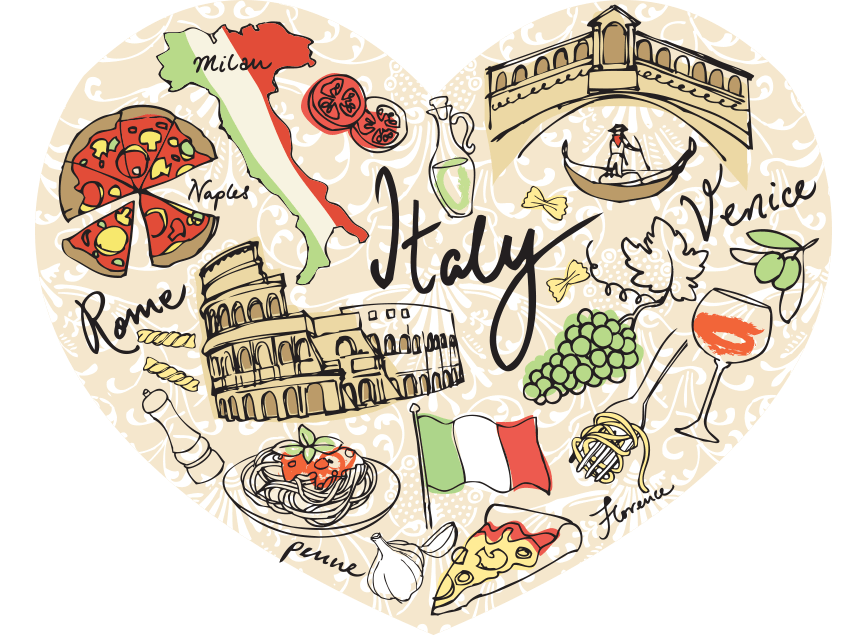
Suggested daily budget – 80–120 USD per person. This assumes you’re staying in a mid-range hotel, eating a mix of street food and simple meals, using public transport, and hitting a few paid attractions. Want to splurge on a boutique hotel or fancy dinner? Bump it up to 150–200 USD. Traveling on a shoestring? You can get by on 50–70 USD by cooking, staying in hostels, and sticking to free sights.
MONEY SAVING TIPS
WHAT CAN I EXPECT FROM ITALY?
Italy’s got this magnetic energy that pulls you in. It’s a place where history and modernity crash together in the best way—think ancient Roman forums in Rome next to trendy gelato shops, or Milan’s futuristic skyscrapers surrounded by old-world cathedrals. The people are warm, the streets are alive, and there’s always a festival or market popping up, whether it’s a local sagra or just a sunny afternoon in a piazza.
Expect a mix of laid-back vibes and passionate intensity. In Rome, you’ll dodge scooters on crowded Via del Corso one minute and find a quiet courtyard in Trastevere the next. Venice feels like a fairy tale with its canals, but it’s got a serene, almost melancholic side at dusk. Florence wraps you in art and leather scents, with hills offering killer views. Milan’s sleek and stylish, perfect for shopping and people-watching, while Naples is raw and real, with volcano views and the best street food chaos.
-
Best Places to Visit in Rome (Includes Map)
Part of why Rome appeals to so many people is its timeless vibe – the ancient ruins, the buzzing piazzas, the jaw-dropping art, and those narrow cobblestone streets that feel like they've been there forever. Oh, and don't get me
-
Best Places to Visit in Venice
Venice hit me like a dream—a city where streets are made of water and the only traffic is a graceful gondola. It’s absolutely unlike anywhere else on Earth. Every corner turned reveals a hidden *campo* (square), every bridge offers a
-
Best Places to Visit in Florence
Florence is where the Renaissance still breathes—it's an open-air gallery that’s almost overwhelming in its beauty and history. I felt a real connection to the masters—Michelangelo, Leonardo, Botticelli—just walking the same cobblestone streets they did. From climbing the Duomo for
-
Best Places to Visit in Milan
Milan is pure Italian flair mixed with a hyper-modern, international energy. It’s where business suits meet high fashion, and ancient history sits right next to cutting-edge design. It’s often overshadowed by Rome or Venice, but trust me, this city has
-
Best Places to Visit in Naples
Naples is pure, vibrant Italian energy—a beautiful, slightly chaotic explosion of history, color, and flavor. Stepping into this city is like diving into a hyper-real movie; the streets are loud, the laundry hangs overhead like festive banners, and the views
The weather’s a big draw—summers are hot (think 80–95°F in July), but spring and fall are perfect (60–75°F). Winters are mild in the south (50–60°F in Naples), though northern spots like Milan can get chilly and rainy. Locals are friendly but English isn’t universal outside tourist spots, so learning basic Italian phrases (“ciao,” “grazie,” “un caffè, per favore”) goes a long way. I fumbled through ordering pasta in Florence with my broken Italian, and the waiter ended up recommending a local wine—those moments make Italy special.
Safety-wise, Italy’s generally safe, even for solo travelers. I’ve wandered cities alone at night without issue, but watch for pickpockets in crowded spots like Rome’s Colosseum or Venice’s St. Mark’s Square. Use a money belt and keep your phone secure. Public transport is reliable, and trains make hopping between cities easy. If you’re driving, roads are good, but traffic in Naples can be wild—stick to trains where you can.
Italy’s culture is its heartbeat. You’ll feel it in the late-night dinners (restaurants often open at 8 PM), the passeggiata evening strolls in smaller neighborhoods, and the passion for life that spills into every cafe. Whether you’re tossing a coin in the Trevi Fountain, marveling at the Sistine Chapel, or getting swept up in a Venetian carnival vibe, Italy makes you feel alive. So, grab our interactive maps for Rome, Venice, Florence, Milan, and Naples, and start planning your adventure. Explore cities, plan smart, travel better!








